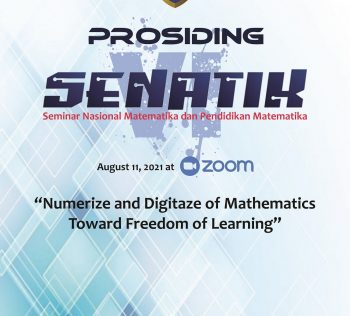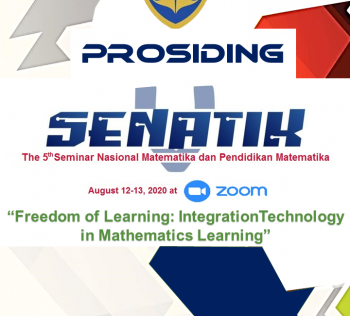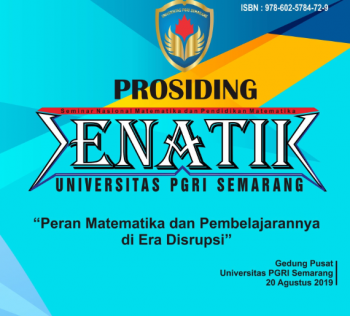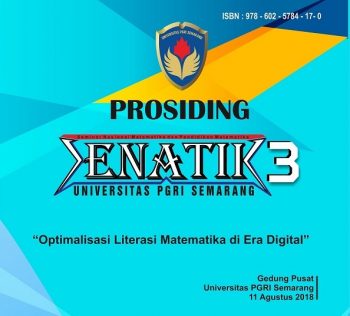“Differentiated Learning in the Independent Learning Era: An Innovation in Mathematics and Mathematics Education”
The Independent Learning Policy is a step to transform education for the realization of Superior Human Resources (HR). The policy is stated in the independent learning curriculum as an effort to overcome the learning crisis (learning loss). With the curriculum, educators can choose the format, method, essential materials, and experiences they want to teach in accordance with the objectives to be achieved. Students can explore their full potential through experience in various ways, and get space for self-expression. One way to channel self-expression is through differentiated learning. Differentiated learning is a series of common-sense decisions made by educators that are oriented to the needs of students. The decisions made are related to the curriculum which has clearly defined learning objectives, how educators respond to the learning needs of their students, how they create a learning environment which “engage” students to learn to achieve high learning goals, effective classroom management and ongoing assessment. The implementation of differentiated learning is that educators map the needs of all students, both in terms of learning readiness, interest, and learning profile of the student. In differentiated learning, educators can combine learning objectives with the needs of students, various ways of learning and assessment in various ways. Learning mathematics should be able to make students develop their potential so that they are capable of understanding mathematics education correctly. Therefore, an educator needs innovation in learning mathematics in the era of independent learning.


Dr. Sumardyono, M.Pd.
Direktur SEAMEO QITEP in Mathematics (SEAQiM) Scopus ID: 56487959300
Read more
Dr. Tjaart Jan B. Estrada
Don Mariano Marcos Memorial State University (DMMMSU) Philippines Scopus ID:
Read more
Registration Guide
How to register The 7th SENATIK 2022, download this information please
Yes, I will join The 7th SENATIK 2022 as AUTHOR
Click to make a new account
The important information for
the author:
1.
The
author who creates an account at SENATIK are only the correspondence author,
for other authors, they can be inputted in the
metadata when submitting the article.
2.
The
articles must be in accordance with the SENATIK scope, arranged according to
the available templates, and indicated that the similarity of documents using
TURNITIN is below 20%. If the authors checks the similarity of the document by
themselves before submitting the article, make sure that TURNITIN is set to "No Repository" so that it is not
included in the database.
3.
The
article must have a maximum of 8 pages, if more than
that, an additional fee will be charged.
4.
It
is mandatory for authors to complete an account profile on the SENATIK
Conference System, especially the phone (mobile) number on the Edit My Profile
menu in the Contact section to facilitate communication.
5.
Make
sure the metadata is filled correctly and completely when submitting the
article.






